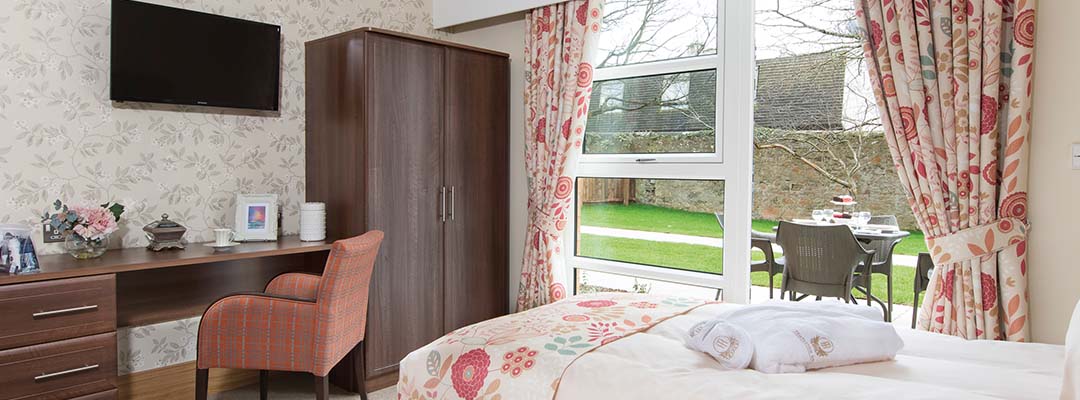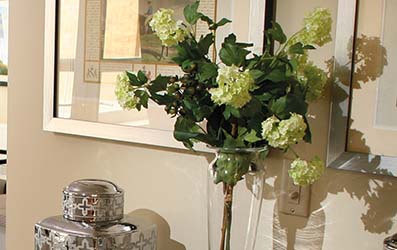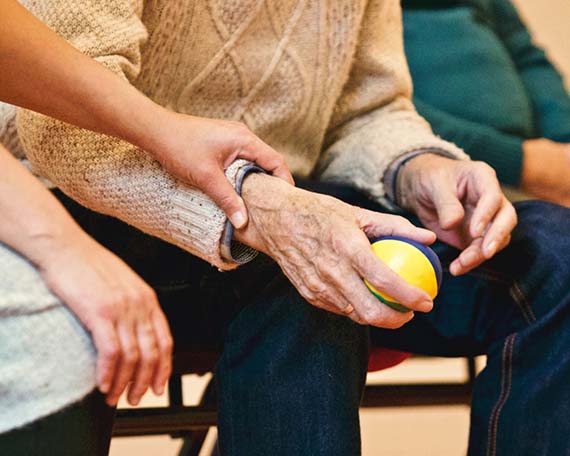How to Make a Care Home Room Feel More Homely

Moving into a care home is a significant life transition, and it's completely natural for both residents and their loved ones to have concerns about how this new environment will feel. We understand that one of the most important factors in supporting residents' emotional well being is helping their room and personal space feel as comforting and familiar as possible - just like their own home.
Whether it's a long term stay or respite care, personalising a room with cherished belongings, familiar items, and sentimental value can make all the difference. A well-decorated, personalised space doesn't just look appealing - it provides a homely environment that promotes comfort, emotional well being, and a sense of identity.
Let's explore how to make a care home room feel more homely, and discover practical and heartfelt suggestions to help transform a new room into a warm and familiar space.
1. Bring Personal Items with Sentimental Value
Nothing says "home" like surrounding yourself with items that hold emotional value. Whether it's framed photographs, family heirlooms, or a favourite chair, bringing personal items from your own home can instantly spark fond memories and create a familiar environment.
These cherished belongings can include: memory boxes filled with souvenirs from special occasions, a blanket knitted by a family member, a favourite mug for a comforting hot drink, a CD player for listening to favourite music.
These touches not only personalise the space but also serve as reminders of joyful times and familiar routines.
2. Incorporate Favourite Colours and Familiar Scents
Colour and smell are powerful tools for evoking memory and comfort. Using the residents favourite colours in the decor, such as on throw pillows, curtains, or soft furnishings, can make the room feel more inviting.
Similarly, familiar scents can trigger positive memories and promote a homely feel.
Think about: scented candles or air fresheners with lavender, vanilla, or other familiar smells, silk flowers or artificial flowers that resemble those in their garden at home, a sprits of a perfume or aftershave they used to wear.
These small additions can create a multi-sensory connection to their own home, helping to ease the transition into a new environment.

3. Use Familiar Bedding and Soft Furnishings
One of the quickest ways to transform a room is by dressing the bed in own bedding or familiar bedding from home. This might be a well loved duvet cover, a patchwork quilt , or just a pair of own sheets that feel just right.
Add extra layers of comfort with soft furnishings like: cushions in the residents favourite colours, a warm throw blanket for colder night, throw pillows that add a decorative flair.
The furnishing creates a comforting space that encourages relaxation, sleep, and a sense of safety.
4. Bring in Personal Furniture and Decorations
Where possible, residents are encouraged to bring furniture from home - perhaps a favourite chair, bedside table, or small bookshelf. Having familiar furniture can make the space feel less clinical and more personal.
The complete the transformation, add decorative items like: Framed photographs of loved ones, wall art that reminds you of your hobbies or travels, or even books, puzzles, or keepsakes.
Creating an inviting space that reflects the residents interests and personality contributes significantly to a welcoming environment.
5. Maximise Natural Light and Create a Cosy Atmosphere
Natural light has a powerful impact on mood. At Templeton House, our rooms are designed to maximise natural light, but arranging the furniture to make the most of the sunny spots can make a big difference.
Complement this with ambient lighting and warm tones to promote a homely atmosphere. Add a reading lamp next to their favourite chair or soft glow lights for the evening. Avoid shiny surfaces and overly clinical lighting - warm bulbs and soft finishes make the room feel more like a home environment.
6. Encourage Familiar Routines and Hobbies
Helping residents continue their daily routines and pastimes is vital. Whether it's enjoying a hot drink every morning, listening to favourite music, or engaging in crafting, gardening, or reading - keeping these habits alive helps maintain a familiar space and routine.
You might include: a radio or CD player for music, a basket of knitting supplies, a tray for afternoon tea, a comfy reading nook.
These elements promote comfort, familiarity, and autonomy - all key to supporting overall well being.
7. Add Visual and Emotional Touchpoints
A memory box filled with cherished memories - photos, trinkets, postcards, and letters - can serve as a powerful visual anchor. Not only does this provide comfort, but it also helps staff and fellow residents get to know the person better.
Creating a small display shelf for treasured possessions can also be uplifting, offering daily reminder of a life full of love and achievement. These personal touches make a home room feel genuinely unique and full of heart.
8. Reduce Clutter and Trip Hazards
While it's important to bring in personal items, it's equally crucial to keep the room safe. At Templeton House, we help families strike a balance between comfort and safety.
Avoid clutter by: choosing a few special items instead of many, keeping walkways clear, avoid rugs or furniture that could become trip hazards.
This ensure the space remains both cosy and practical.
9. Connect with Familiar Faces and In-House Facilities
A room is just one part of the experience - the wider home environment also matters. We encourage families to help residents build relationships with fellow residents and staff. These familiar faces can help ease the feeling of being in a new environment.
At Templeton House, our in house facilities include communal lounges, sensory rooms, landscaped gardens, and activity spaces - all designed to complement the personal space of each residents bedroom. Spending time in these areas with others can extend the sense of "home" beyond the four walls of a bedroom.

10. Involve Family Members in the Transition
Finally, the emotional support of family members can't be overstated. We encourage loved ones to help decorate the loved ones room, share stories behind cherished belongings, and spend time together in the new room.
Visits can include: bringing a hot drink and relaxing in the favourite chair, playing music that evokes happy memories, talking about special occasions celebrated over the years.
Being present during the settling-in period can bring comfort and reassurance, reminding residents that their new setting is not a place of loss, but a continuation of their life story.
A Familiar, Loving Environment at Templeton House
At Templeton House, we go above and beyond to help residents feel safe, secure, and loved. We know that helping a care home room feel more homely takes thought, effort, and a deep understanding of each individuals life and preferences.
From allowing own furniture and encouraging personal touches, to fostering connections with others and maintaining routines, we aim to create a truly supportive environment. One that honours past lives, embraces the present, and provides a warm foundation for new chapters and friendships.
Whether you are exploring long term care or considering respite care, we're here to help make the transition a positive one - supporting not just physical care, but the emotional well being and happiness of every resident.
If you'd like to learn more about how we support residents at Templeton House, or how you can help your loved one create a homely feel in their care home room, don't hesitate to get in touch. We'd be delighted to welcome you into our homely environment.






